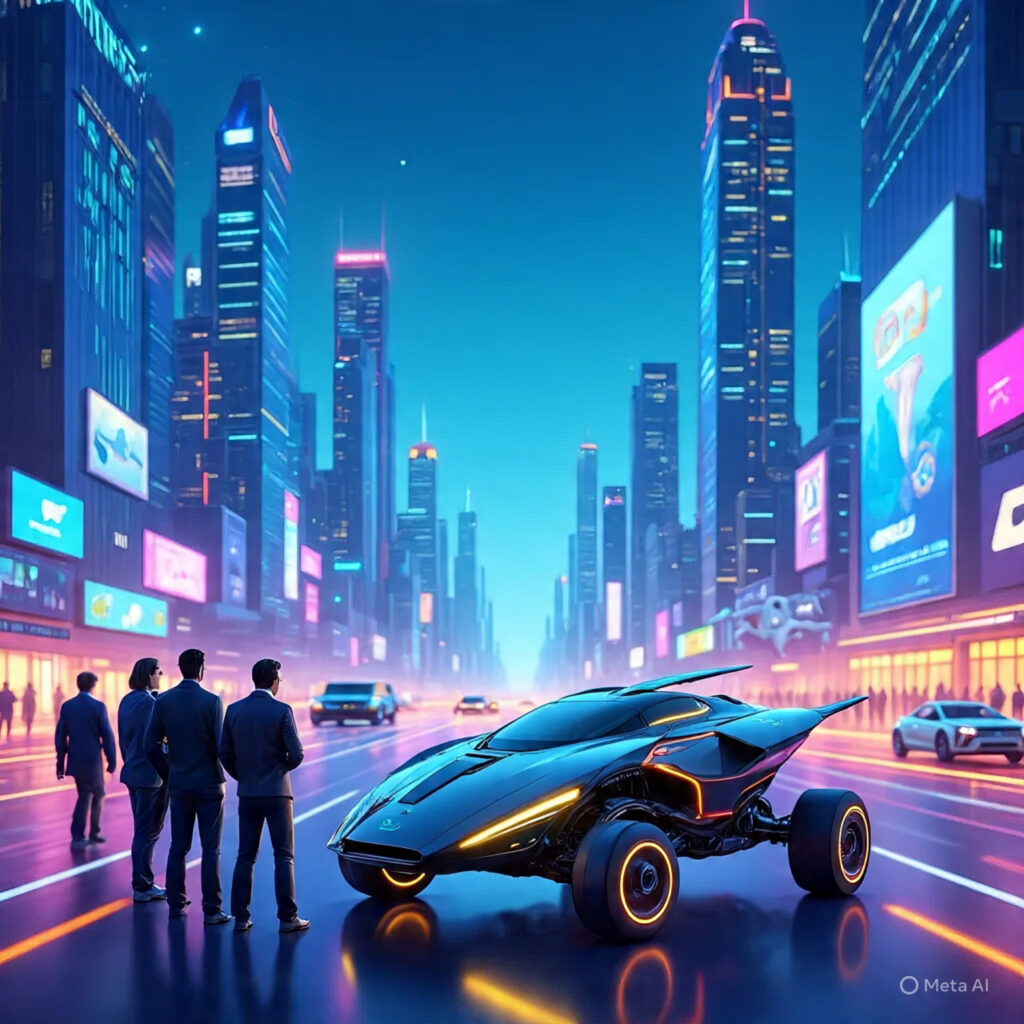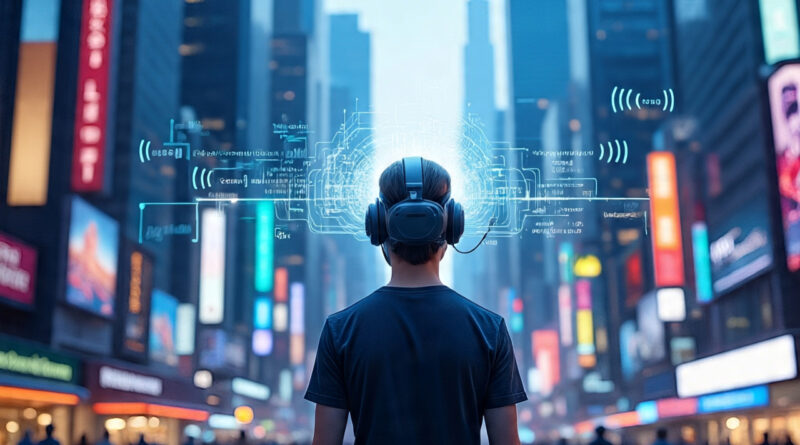The Future Is Now: 7 Tech Breakthroughs That Will Redefine 2026
In an era where growth led by innovation and technological progress is the buzzword, change in the present era is exponential rather than linear change of the past. While we start the year 2026, we are almost at a point where our scientific imagination is becoming reality day by day at a speed that is widening ever farther and wider. Whether it is healthcare and energy or human-computer interaction and artificial intelligence, the latest technology coming in the future will change the mode of work, living, and communication between individuals. The below seven revolutionary technologies can realistically change the world in 2026:
1. Emotionally Intelligent Artificial Intelligence
AI has already made its mark by automating tasks, analyzing massive datasets, and enhancing user experience. But in 2026, we’ll witness a leap forward: emotionally intelligent AI. These systems will not only process language and logic but also detect, interpret, and respond to human emotions—via tone, facial expressions, and biometric data.
This emotional richness will ring so profoundly through learning, mental health, and customer support. Imagine AI teachers commenting on the level of frustration on the part of students or virtual therapists offering words of solace in counseling.
That’s not good AI—that’s compassionate AI.
2. Quantum Computing Meets Face-to-Face with Real-World Problems
Quantum computing is technology that all of us look forward to eagerly. In 2026, it will bring theory into practice. The advances which have taken place in quantum error correction and hardware scaling allow hybrid quantum and classical computer architectures to be able to start solving problems beyond the reach of the machines today.
Its greatest impact will be experienced in medicine, materials, and finance. Quantum simulation will speed up drug discovery, precise risk assessment for the new economy, and material design whose behavior we can hardly even dream of.
In no time, sooner or later, we will stand at the door of an era where the impossible will be possible.
3. Hyper-Personalized Healthcare
2026 will see a lot of revolutions in health care—health care not only personalized but predictive and preventive as well. Biotech, big data, and AI at the forefront, the health care providers will be able to tailor interventions according to your own genetic code, environment, and lifestyle.
Smartwatches and wearable biosensors will keep tabs on biomarkers like hydration, blood glucose, stress, and heart rate variability around the clock. Real-time health analysis will allow people to detect their disease sooner—or, even better, prevent disease from happening at all.
It’s having a virtual doctor in your back pocket 24/7.
4. Autonomous Everything: More Than Self-Driving Cars
Autonomous technology doesn’t end on highway driving. Mass production will make autonomy apparent in numerous places in 2026: self-driving tractors in agriculture, warehouse robots, and package drones. Machine autonomy will be more tangible and backed by generative edge AI, 5G/6G, and new sensors.
Autonomous-tractors on the fields, plowing fields end-to-end automatically. Delivery robots and drones in cities reducing carbon and traffic by half, and minutes of delivery.
Self-converging to redefining work, and new skills and habits by a population ever-growing driven by machines.
5. Energy Storage Revolution
The sun and the wind being renewable have been utilized as renewable energy. The major disadvantage of both of them is that there is no method to store them. There would be a technology revolution in 2026 for storing energy; sand batteries, long-duration flow batteries, and solid-state batteries would be old hat.
These technologies will be saturated and will make clean sources of energy catch on so that cities and towns will be able to supply themselves off the grid far from nodes of access to traditional grids for months or more. States will begin to boot fossil fuels out of the equation as they move over to copious renewable power, changing world economics and geopolitics along the way.
Not green energy—smart, solid energy.
6. The Practical Metaverse Era

When the metaverse hype bubble bursts and cynicism is removed, in 2026 the metaverse will finally know its rightful place: business, learning, and design. They will no longer game or socialize in virtual worlds but use immersive worlds to collaborative offices, 3D modeling, and e-learning.
Engineers will take clients on virtual tours of the buildings before construction. Future doctors will train in hyper-realistic simulators. Holidays could even be rewritten, with people training virtual replicas of ruins before arranging real holidays.
The metaverse is constructed brick by brick from concept to reality.
7. Brain-Computer Interfaces (BCIs)
The largest future trend shock is more use of brain-computer interfaces. Fantasy computers are now imminent that permit direct linkup from the computer world into human minds. BCIs will begin the migration from medicine into mainstream in 2026.
For the paralyzed or neurologically ill patient, BCIs will unlock the world—skipping mechanical limbs, taking notes, or even handling objects. Technology companies then are researching applying non-invasive BCIs to enhance memory, attention, and virtual reality video game playing.
Building new paradigms for man and machine.
Conclusion: A Future Already Unfolding
2026 never will be on the calendar—there’ll be a stain on the history of tech. It’s not steps, but leaps, we’ll make as much as how we’ll define intelligence, health, energy, and even what reality is.
The future is not only just around the corner very far off—but it’s already in research labs and start-ups and labs all over the world. And when they finally grow up to a point where they can graduate out of the idea phase into the technology phase, they will occupy every nook and every cranny in our lives.
The future has already come—the marvel, the fear, and the promise of it yet more than ever.
